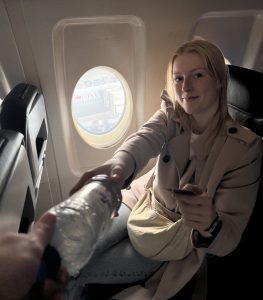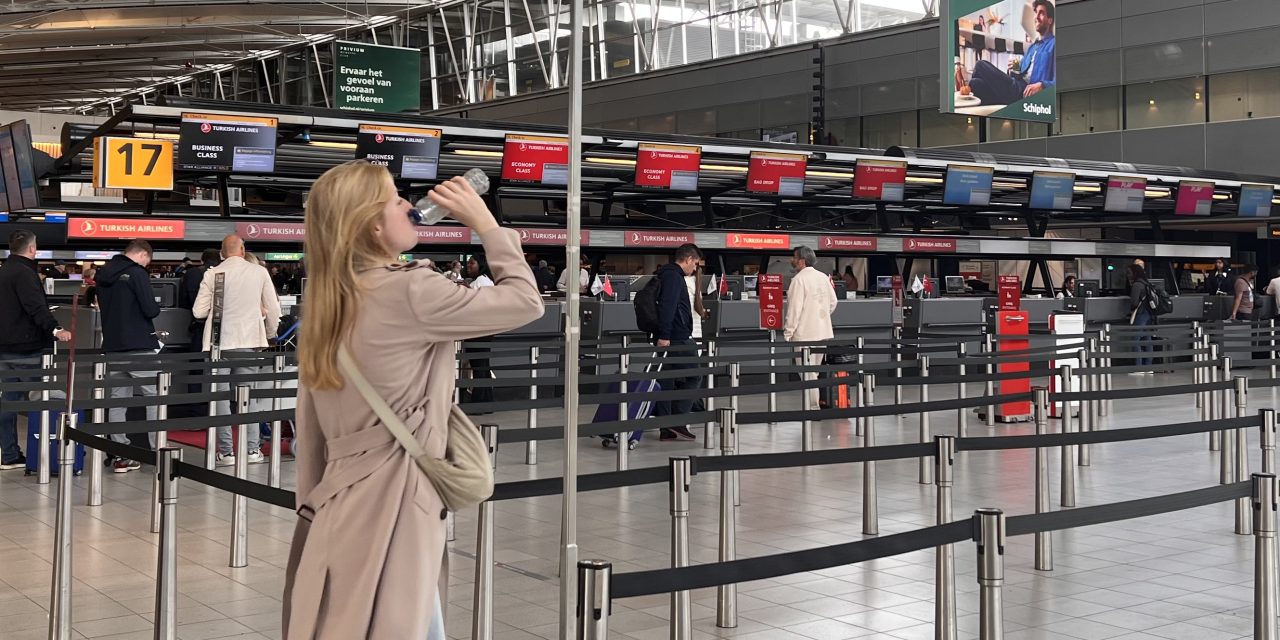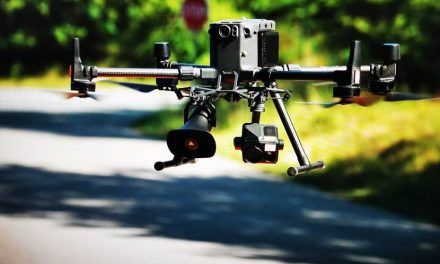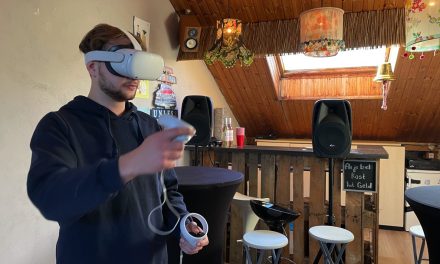Many travelers are familiar with the rush to finish a water bottle before going through airport security. Recently, this was no longer necessary at several airports across the EU. The introduction of advanced CT scanners allowed airports to ease the 100 ml liquid limit, making security checks quicker and more convenient. However, the European Commission has now introduced new guidelines, forcing airports to revert to the previous stricter liquid rules. But who can tell why?
What are these rules?
With the latest CT scanners, many airports had begun allowing passengers to carry up to 330 milliliters of liquid per item in their hand luggage, with a total limit of two liters. These scanners also eliminated the need to remove liquids from bags during the security screening process.
However, as of September 1st, this flexibility is gone. Airports are once again enforcing the 100 ml limit for liquids in hand luggage. This sudden change means passengers, again, can no longer carry full water bottles or larger liquid quantities through security.
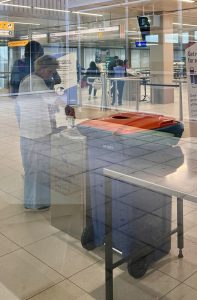
Why the reversion?
The big question is: why are we reverting to older rules after embracing modern technology? Strangely, there seems to be little clarity about the reason. When this question was posed to security personnel at Amsterdam Schiphol Airport, they directed the inquiry to the Royal Netherlands Marechaussee. Yet, Marechaussee spokesperson Mike Hofman reacted surprised that the question had reached him: “I don’t know why they referred you to me. Schiphol oversees security; we only supervise.”
Returning to Schiphol for answers, spokesperson Doron Sajet pointed to the airport’s website for details on what is allowed through security and directed: “For further questions about regulations, inform at the Ministry of Justice and Security”. However, the ministry’s press office did not respond to these specific questions.
It’s remarkable that those responsible for enforcing the new rules seem to be unsure of the reasons behind them.
What’s the real explanation?
“The decision to reinstate the 100 ml liquid limit is assigned by the European Union, and it applies to all EU member states”, according to Hofman. Earlier plans to abolish this restriction were postponed because of technical challenges. The technology is still experiencing technical malfunctions, making it unreliable. Additionally, the rollout of new CT scanners has been more costly and time-consuming than expected.
The issue lies with the ESSCB (Enhanced Standard Security Checkpoint Baggage) technology. This system was designed to provide high-resolution 3D images of luggage to detect harmful substances more effectively. However, according to a European Commission report, the scanner’s software was unable to reliably detect dangerous substances in containers larger than 330 ml. Additionally, the large size and weight of the scanners have slowed their deployment at airports. Until these problems are resolved, the reliability of the scanners remains in question, and the 100 ml limit must stay in place to ensure safety.
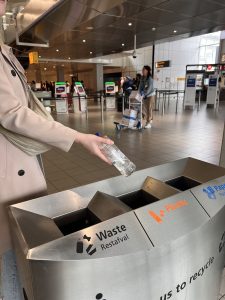
Which airports are affected?
Airports that had already adopted the new scanners and allowed passengers to carry larger quantities of liquids will be most affected by this rule change. On the other hand, many airports were still using older scanners, so the new regulations won’t impact them as much, as they were already enforcing the 100 ml rule.
“It’s ridiculous”, said a KLM flight attendant, who asked to remain anonymous. “A lot of money was spent on these new scanners, and now we’re back to square one.”
For now, it’s indeed back to the familiar routine of finishing your water before passing through security. The only advantage is that, at least within the EU, the rules are now consistent across all member states.
